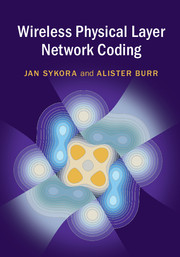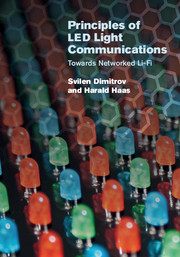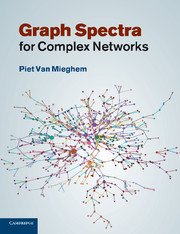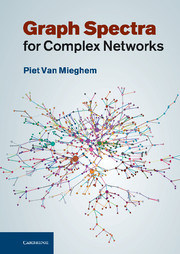Wireless Physical Layer Network Coding
Discover a fresh approach for designing more efficient and cooperative wireless communications networks with this systematic guide. Covering everything from fundamental theory to current research topics, leading researchers describe a new, network-aware coding strategy that exploits the signal interactions that occur in dense wireless networks directly at the waveform level. Using an easy-to-follow, layered structure, this unique text begins with a gentle introduction for those new to the subject, before moving on to explain key information-theoretic principles and establish a consistent framework for wireless physical layer network coding (WPNC) strategies. It provides a detailed treatment of Network Coded Modulation, covers a range of WPNC techniques such as Noisy Network Coding, Compute and Forward, and Hierarchical Decode and Forward, and explains how WPNC can be applied to parametric fading channels, frequency selective channels, and complex stochastic networks. This is essential reading whether you are a researcher, graduate student, or professional engineer.
- The first book to focus on wireless physical layer network coding
- Employs a highly structured, systematic and rigorous approach
- Provides a consistent terminology for discussing different approaches and schemes
Product details
No date availableAdobe eBook Reader
9781108652872
0 pages
90 b/w illus. 5 tables
Table of Contents
- Part I. Motivation and General Introduction:
- 1. Introduction
- 2. Wireless physical layer network coding: a gentle introduction
- Part II. Fundamental Principles of WPNC:
- 3. Fundamental principles and system model
- 4. Components of WPNC
- 5. WPNC in cloud communications
- Part III. Design of Source, Relay and Destination Strategies:
- 6. NCM and hierarchical decoding design for H-MAC
- 7. NCM design and processing for parametric channels
- 8. NCM design for partial HSI and asymmetric H-MAC
- 9. Joint hierarchical interference processing
- 10. WPNC in complex stochastic networks
- Appendix: background theory and selected fundamentals.







